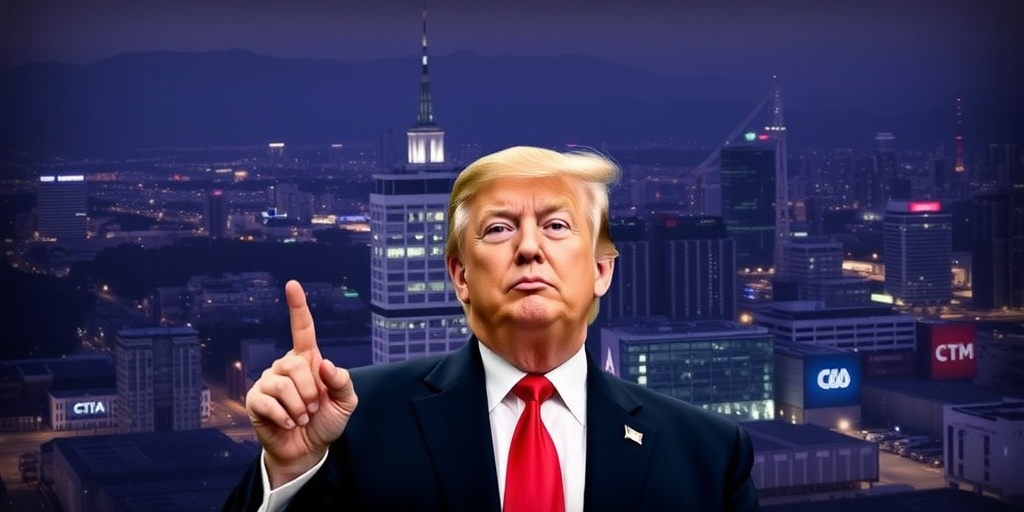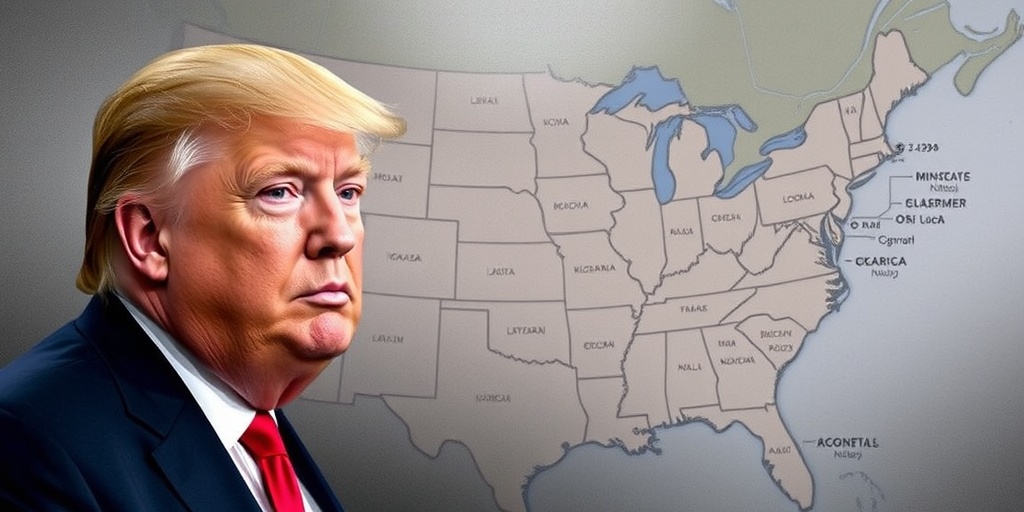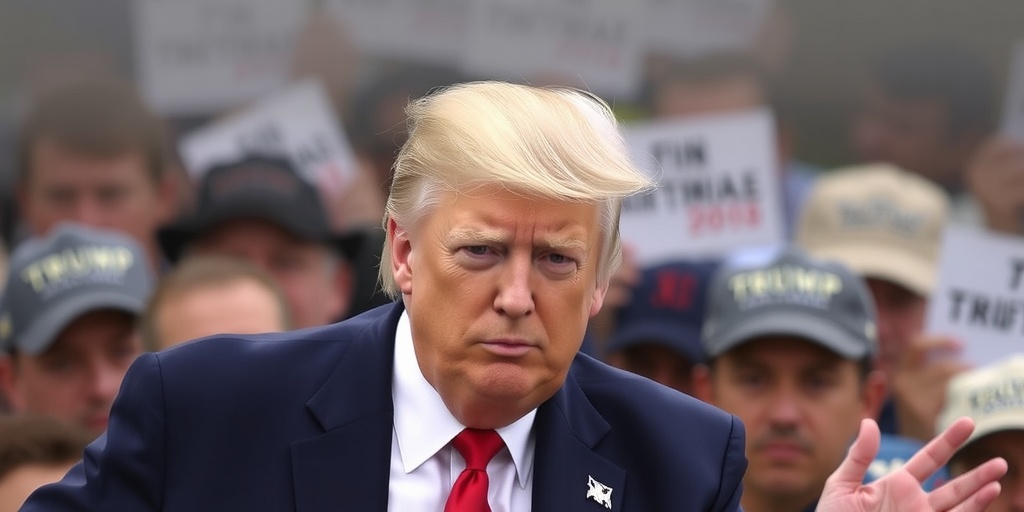Now Reading: Trump to Impose 10% Tariffs on Chinese Imports Starting Feb. 1
-
01
Trump to Impose 10% Tariffs on Chinese Imports Starting Feb. 1
Trump to Impose 10% Tariffs on Chinese Imports Starting Feb. 1

Trump Announces Tariff on Chinese Imports, Escalating Trade Tensions
In a significant development on Tuesday, former President Donald Trump revealed his intention to impose a 10 percent tariff on Chinese imports starting February 1. This move is anticipated to further intensify existing trade tensions between the world’s two largest economies. During a press briefing at the White House, Trump attributed his decision to the ongoing fentanyl crisis in the United States, stating that China plays a critical role in the drug crisis by sending fentanyl across borders to Canada and Mexico, from where it is trafficked into the U.S.
"This tariff is a direct response to China’s role in the fentanyl crisis affecting Americans," Trump declared. He emphasized the need for accountability from China regarding the drug trade that has devastated communities across the nation. The announcement follows a recent declaration from Trump, made on the previous day, suggesting that he would also impose a substantial 25 percent duty on imports from Canada and Mexico, citing their inadequate enforcement against fentanyl and illegal immigration into the United States.
Trump’s plan to introduce these tariffs comes as part of a broader strategy that has already seen him impose tariffs on more than $300 billion worth of Chinese goods during his presidency. These earlier tariffs have remained in place even after President Joe Biden took office, as the current administration has enforced additional tariffs on various Chinese products, including electric vehicles, solar cells, semiconductors, and advanced batteries. The continuation of these tariffs indicates a persistent bilateral economic frictions that both administrations have navigated.
Economists are warning that Trump’s proposed tariffs could provoke retaliation from China, Canada, and Mexico, potentially leading to a trade war that could exacerbate inflation and hinder U.S. economic growth. Analysts are concerned that such tensions could have adverse effects on American industries which rely heavily on trade with these nations.
On the day before his tariff announcement, Trump signed an executive order aimed at instructing various federal agencies to delve deeply into a range of trade-related issues. Although he did not impose any new tariffs immediately as previously hinted, the executive order indicates a keen focus on assessing the flows of drugs and migrants coming from China, Canada, and Mexico, as well as examining the compliance of these countries with existing U.S. trade agreements.
Donald Trump negotiated the United States-Mexico-Canada Agreement (USMCA) during his first term in office, which replaced the North American Free Trade Agreement (NAFTA) that had been in place for decades. He also reached a limited trade deal with China designed to benefit American farmers. However, Trump has expressed intentions to revise both these agreements during his potential second term in office.
Just last week, Trump spoke with Chinese President Xi Jinping, touching on topics such as trade, the fentanyl crisis, and cooperation between the two countries in various sectors. These conversations come in the wake of the pandemic, which strained relations between the U.S. and China. Critics argue that Beijing did not uphold its end of the bargain under the 2020 trade deal, including commitments to purchase U.S. agricultural products.
Scott Bessent, whom Trump nominated to serve as Treasury Secretary, testified at his confirmation hearing last week, outlining his commitment to urging China to fulfill its previously agreed-upon purchases of American farm products. Bessent highlighted the importance of holding China accountable for its commitments while also indicating that he would seek additional purchases beyond what was pledged in the past four years.
As trade negotiations and tariff discussions unfold, the implications of Trump’s recent announcements could resonate across the global economy. The potential for retaliatory tariffs raises concerns about supply chain disruptions, consumer prices, and the overall economic landscape of the United States. Both U.S. businesses and consumers may feel the impact of these decisions as the administration reassesses its relationship with key trading partners navigating a complex geopolitical and economic environment.
Stay Informed With the Latest & Most Important News
Previous Post
Next Post
Previous Post
Next Post
-
 01New technology breakthrough has everyone talking right now
01New technology breakthrough has everyone talking right now -
 02Unbelievable life hack everyone needs to try today
02Unbelievable life hack everyone needs to try today -
 03Fascinating discovery found buried deep beneath the ocean
03Fascinating discovery found buried deep beneath the ocean -
 04Man invents genius device that solves everyday problems
04Man invents genius device that solves everyday problems -
 05Shocking discovery that changes what we know forever
05Shocking discovery that changes what we know forever -
 06Internet goes wild over celebrity’s unexpected fashion choice
06Internet goes wild over celebrity’s unexpected fashion choice -
 07Rare animal sighting stuns scientists and wildlife lovers
07Rare animal sighting stuns scientists and wildlife lovers





















